I'm planning to decompose an application I started to build as a monolith with a graph database into microservices. But the dilema i'm facing is trying to find a proper solution to split the different services and not loosing the benefits provided by the graph database.
The idea I've considered initially is to split each different entity into it's own microservice, using a document store to persist the data on each service. And then define a higher level service to manage the relationships.
For example with a relationship (A)-->(B), would produce 3 microservices, a service for entities of type A, another for the entities of type B, and a third higher level with a graph database, storing nodes of type A and B, containing only the ID's and the relationships between those.
Question 1: Is there anything wrong with this approach in terms of coupling, fault tolerance, or anything else that I can't think of right now?
Question 2: When you toss a third entity into the game, for example (A)-->(B), (A)-->(C) and (C)-->(B), which one would be the best approach in this scenario?
- Do I stick to the strategy of just one higher level service to maintain all the relationships?
- Do I generate several higher level services to maintain each type of relationship?
Question 3: In the case of relationships between entities of the same type, for example (Person)--isFriendOf-->(Person), having in mind the concept of separation of concerns, is it appropiate to separate the management of the relationships into a different service?
Any input, feedback and ideas are very welcome.
I've been doing some research on the subject, and for the sake of clarity, I'll propose a more concrete scenario, so it will be easier to discuss about it. The graph model would be something like this:
The goal here would be to implement a song playlist recommendation service, trying to find the songs that a given user haven't listened yet, based on genres and artists from the songs that the user already listened, and also from other songs listened by other users, followed by the current user.

